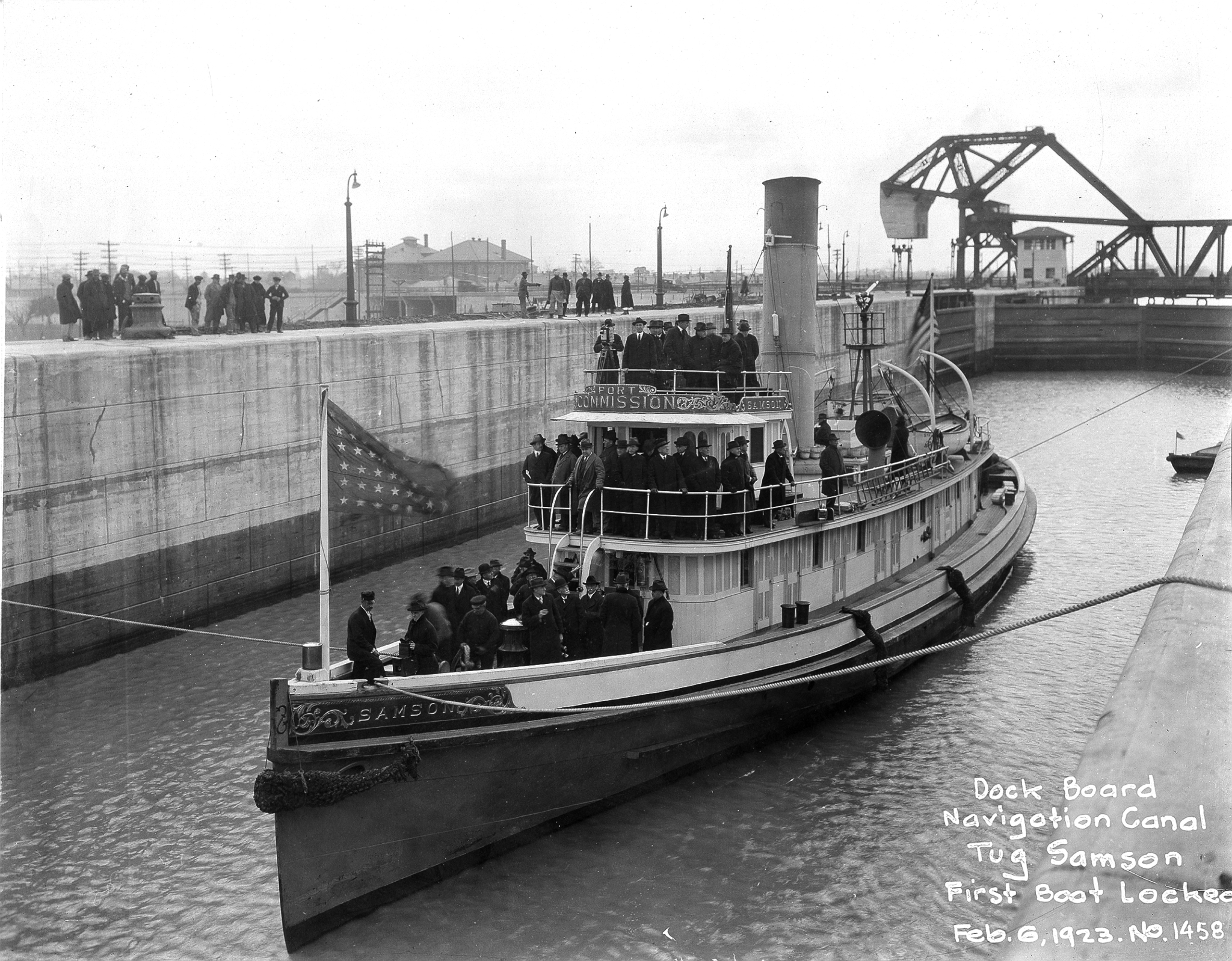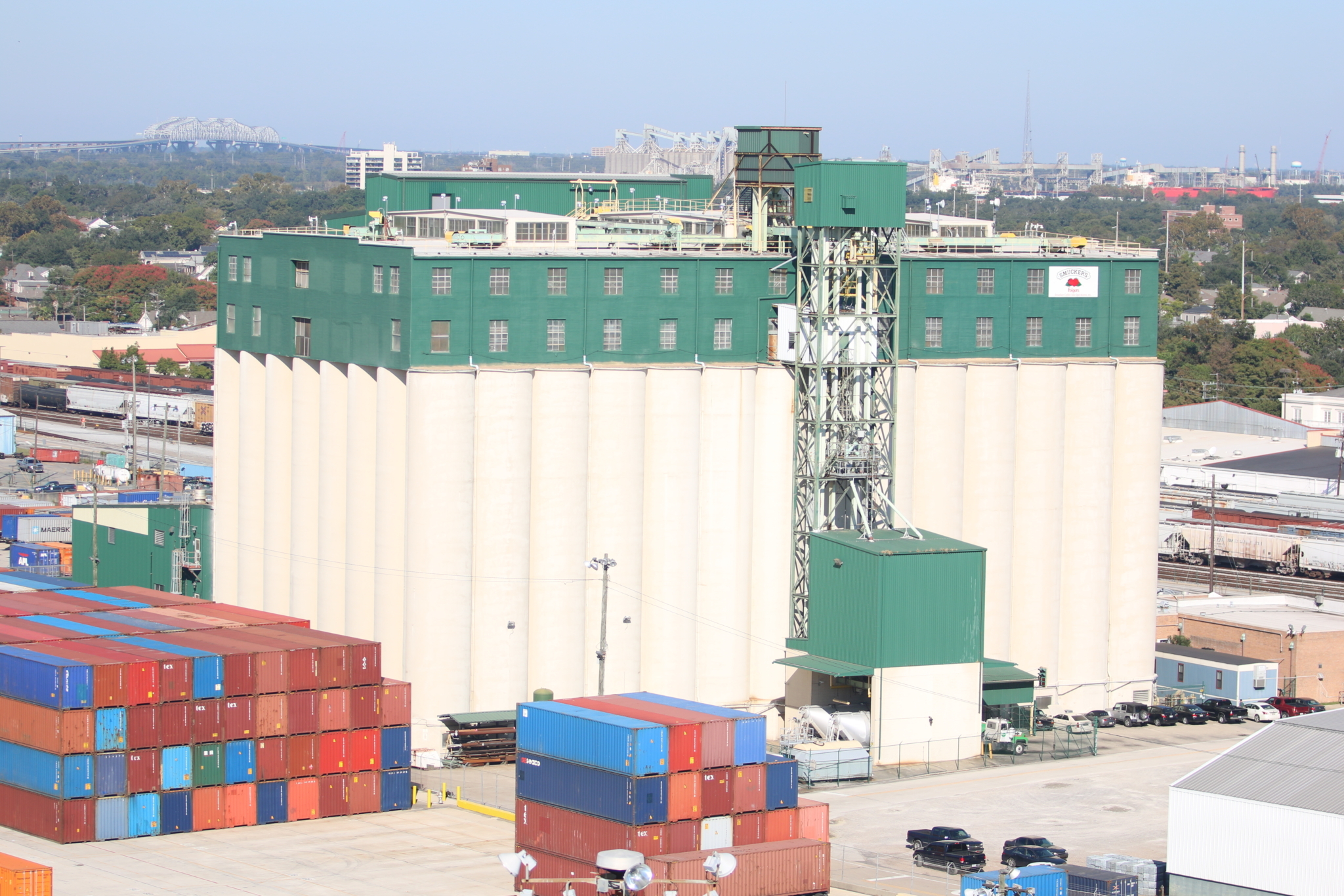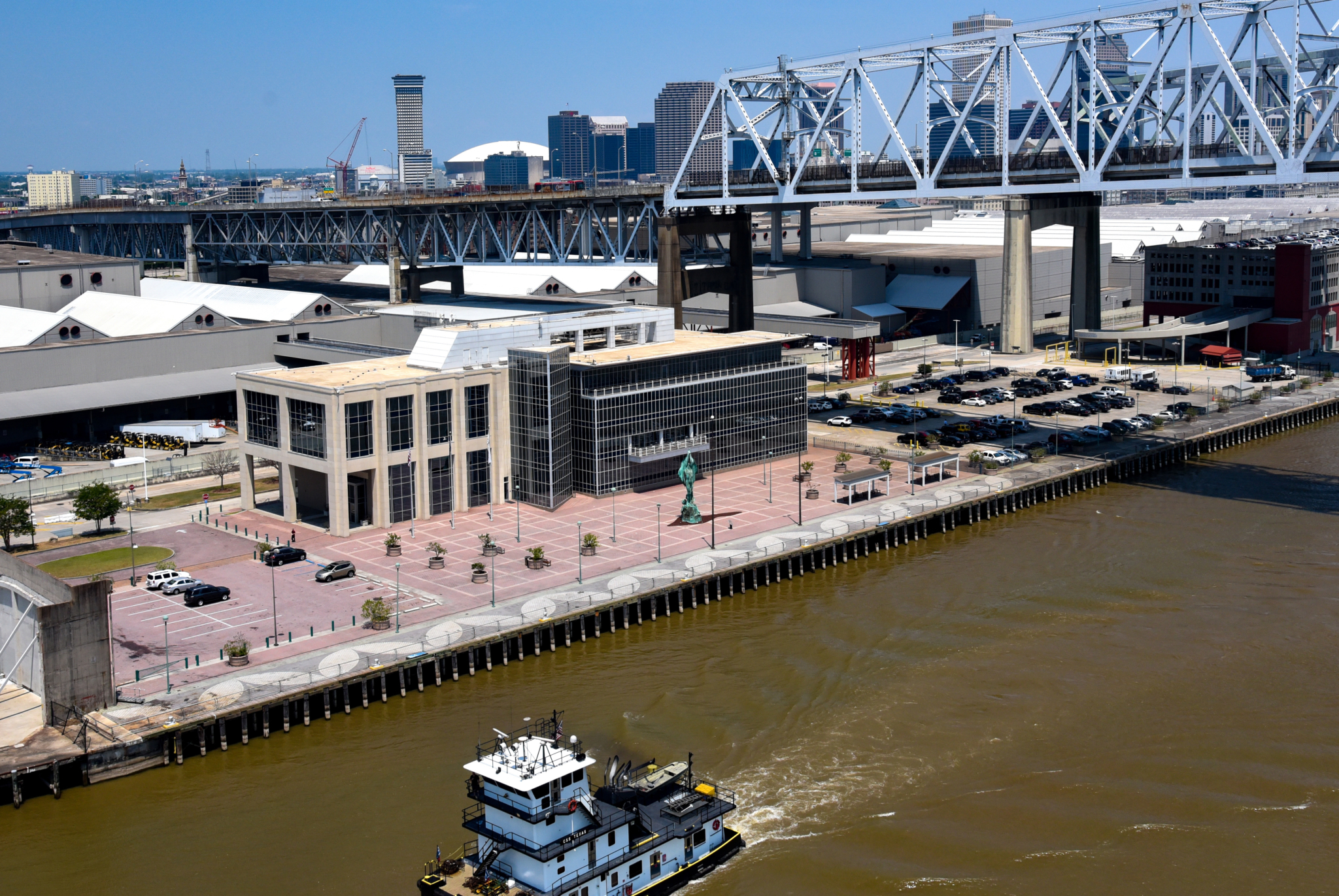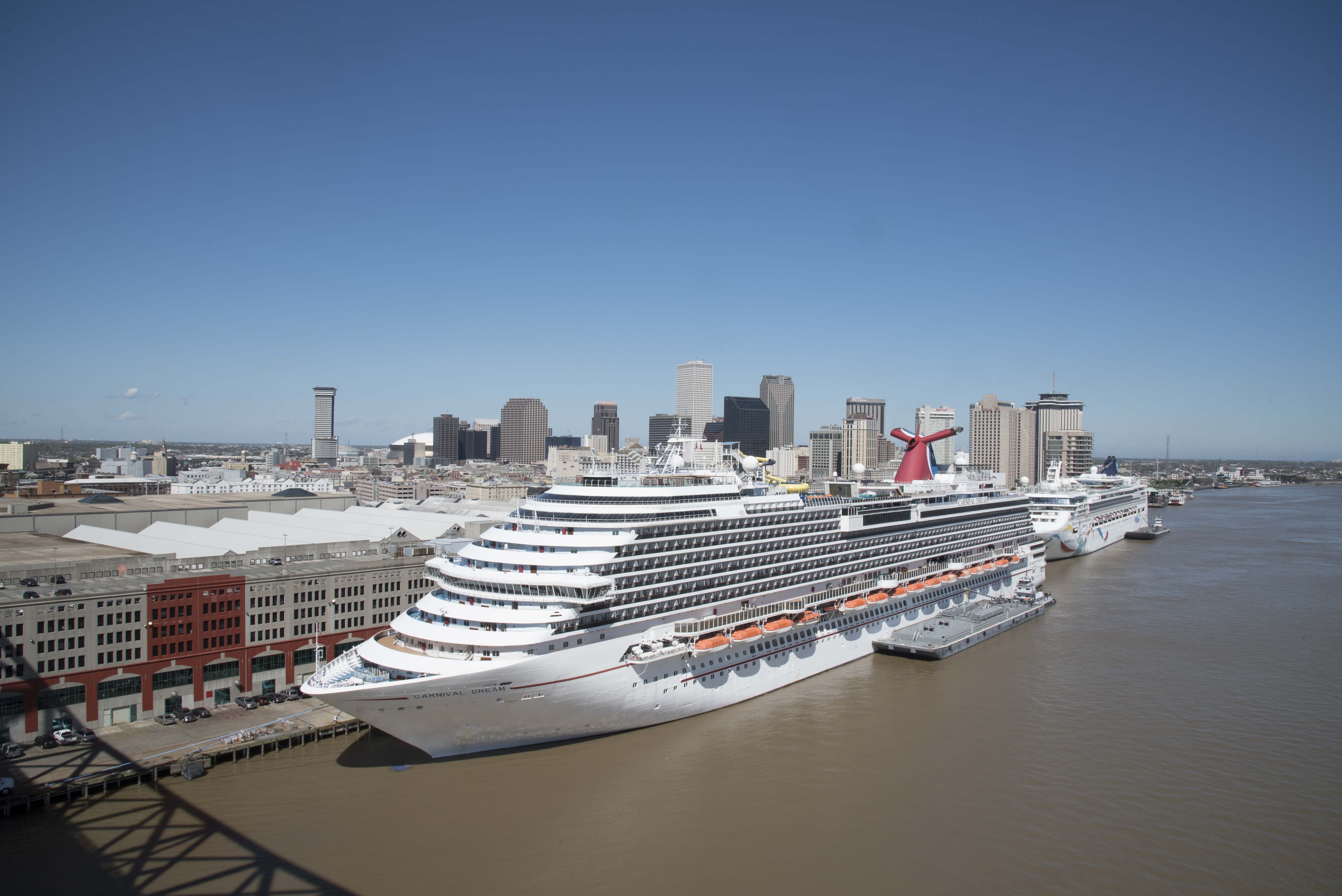1718
- Jean-Baptiste Le Moyne, Sieur de Bienville, founds New Orleans along the Mississippi River. This trade-friendly location later becomes the capital of the French colony of Louisiana and shapes the future of the United States as a headquarters for commercial land development.











